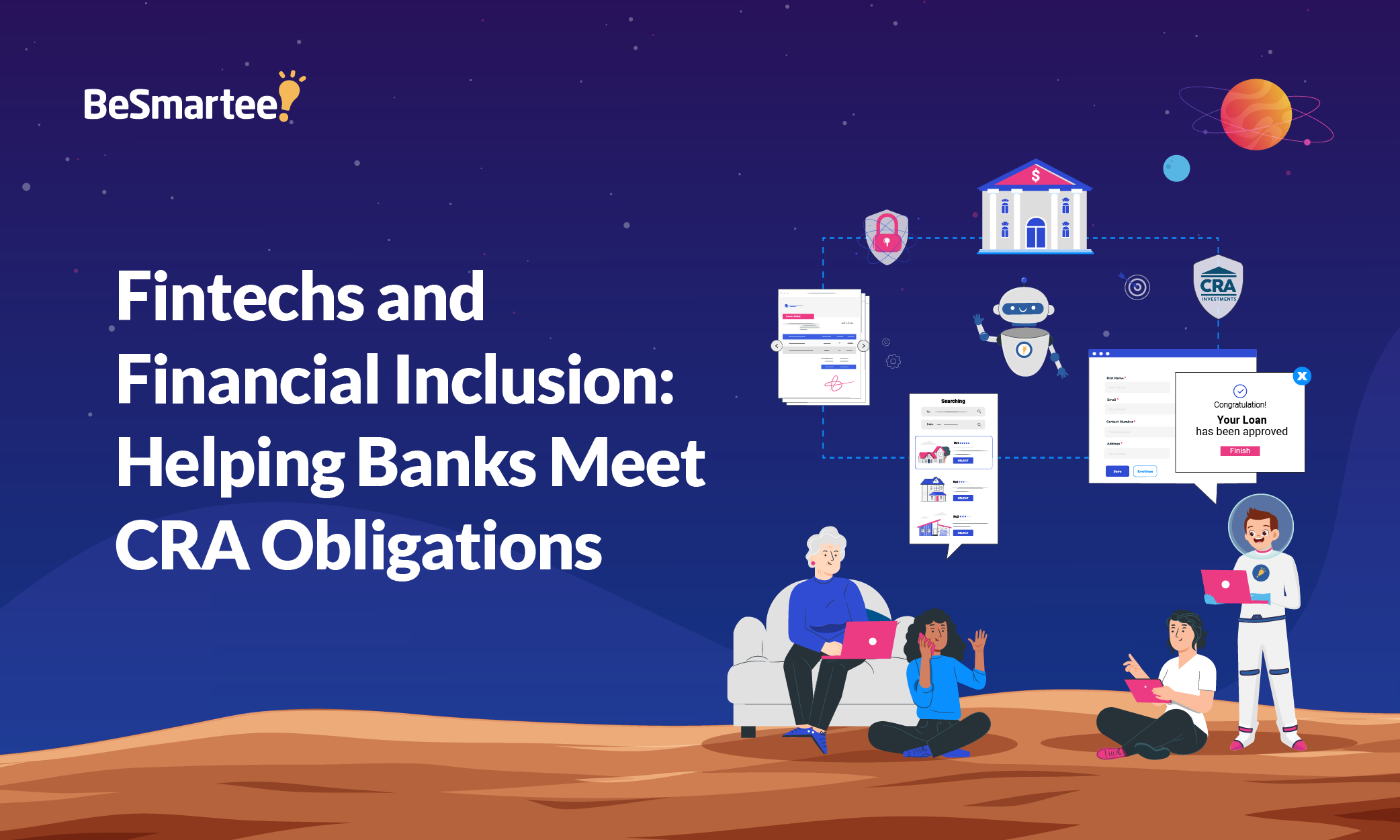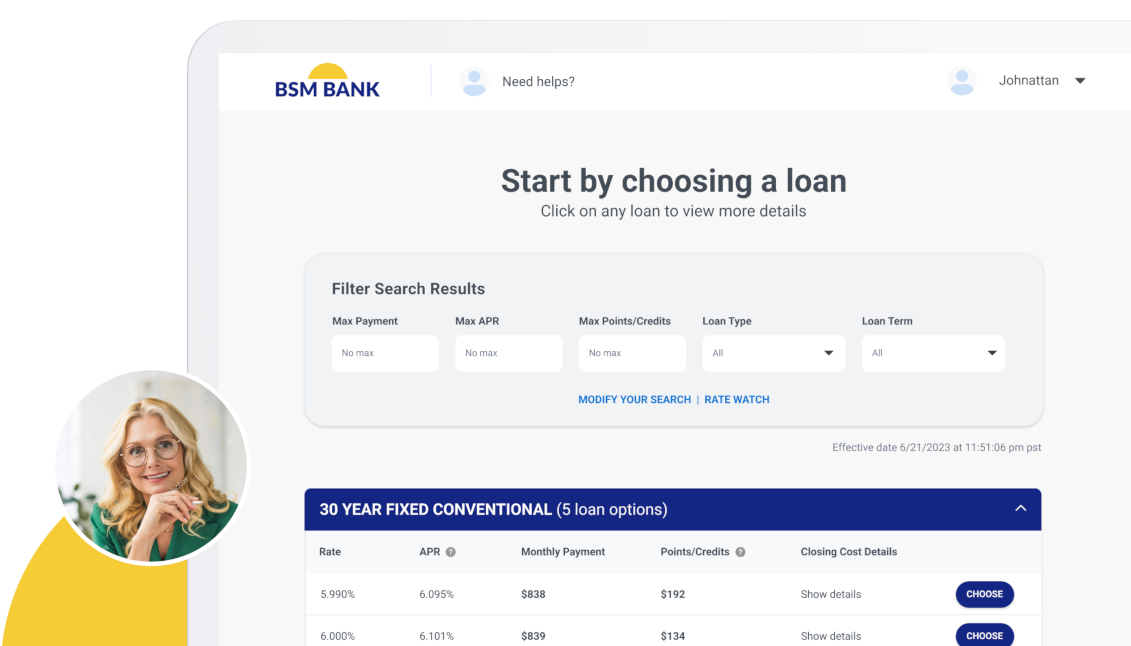Financial inclusion in the U.S. has significantly improved over the last couple of decades, giving millions of low- and moderate-income individuals access to financial services. However, more can and should be done.
While a majority of U.S. households have an account with a bank or credit union, more than seven million households are unbanked. The number of unbanked individuals has been declining over the years; however, they remain high in communities also experiencing income inequality.
Under the Community Reinvestment Act (CRA), banks are encouraged to help meet the credit needs of the communities in which they operate. While fintech companies are not obligated to comply with CRA obligations, the industry has largely been built on helping consumers previously left out by the financial service industry.
By partnering with fintech companies, banks can not only meet CRA obligations but also do so much more to help the communities they serve.
Understanding the Community Reinvestment Act (CRA)
The Community Reinvestment Act (CRA) of 1977 requires the Federal Reserve and federal banking regulators to encourage financial institutions to meet the credit needs of low- and moderate-income (LMI) borrowers in the neighborhoods in which they do business.
Federal regulators are required to assess how well each bank fulfills its obligations to these communities. Banks are given a score that is used to determine whether or not an application for bank mergers, acquisitions, charters, branch openings and deposit facilities will be approved.
One of the reasons for the enactment of the CRA was to reverse the effects of redlining, which is the discriminatory practice by some mortgage lenders when they refuse to lend money or extend credit in certain areas of town or for other discriminatory reasons.
The Importance of Financial Inclusion
Still, many Americans still struggle when it comes to credit access or other banking services. Common reasons for these barriers include:
- Inadequate education
- No valid identification
- Geographic challenges
- Financial products are too expensive
- No credit history
While these barriers can be substantial, technology can give many the opportunity to overcome many of them. A study conducted by the Consumer Financial Protection Bureau found that alternative credit data and technology can increase access to credit by 27% and reduce average annual percentage rates by 15%-17% for all borrowers when compared with traditional underwriting processes.

Another study by the Philadelphia Federal Reserve found that fintech consumer lending activities have penetrated areas that are usually underserved by traditional banks, such as in highly concentrated markets and in areas that have fewer bank branches.
Financial inclusion offers so much more than just improved credit access. Other benefits include:
- The ability to step out of poverty
- Economic growth
- Enabling people to have the ability and tools to manage and save their money
- Empowering people to make the right financial decisions
- The ability to start and grow a business
- The ability to pay for an education
- The ability to handle unexpected emergencies
- Better job opportunities
- Improved equality
When more people have access to financial services, they can earn more, build assets and cushion themselves against emergency expenses.
How Fintech Partnerships Can Help Banks Meet CRA Obligations
While the CRA is not legally applicable to non-bank fintechs, regulators could support banks partnering with fintech firms to help them do a better job of meeting the needs of LMI individuals.
Digital Lending
Digital lending uses online technology to originate and renew loans. It can be as simple as an online loan application or as comprehensive as an automated end-to-end digital mortgage platform, including an online loan application, document capture, electronic signatures, credit analysis, product and pricing, mortgage loan origination and eClosings.
Subscribe to BeSmartee 's Digital Mortgage Blog to receive:
- Mortgage Industry Insights
- Security & Compliance Updates
- Q&A's Featuring Mortgage & Technology Experts
Digital lending options can open doors for borrowers in underserved communities. It can:
- Provide better access for borrowers
- Allow for easier comparison shopping
- Lead to less discrimination using algorithmic decision-making
- Increase transparency
Mobile Payments
Mobile payments are an alternative to cash and checks, allowing consumers to pay for goods and services in a secure, convenient and cost-effective way. 97% of Americans now own a cellphone of some kind and 85% own a smartphone. Reliance on smartphones for online access is also more common among younger adults, lower-income Americans and those with a high school education or less.

Mobile Banking
Mobile banking gives users access to their banking information right at their fingertips. Through a mobile banking app, consumers can access their bank account to track spending, pay bills and monitor deposits. Users can also deposit checks through their phones.
While underserved populations may not have the best access to a local bank or credit union, mobile banking gives users access to their bank account 24 hours a day and seven days a week.
Peer-to-Peer Payments
Peer-to-peer transactions are electronic money transfers made from one person to another through a P2P payment service. The benefits of P2P payments go beyond simply splitting a dinner bill with a few taps on your smartphone. These transactions have widened financial access to LMI communities by removing obstacles seen with conventional banking, such as delayed payment transfers and overdraft fees.
Mobile Wallets
A mobile wallet is a way to digitally store credit, debit, ID and gift cards so that purchases can be made using a mobile smart device rather than a physical card. Mobile wallets work much like a bank account. It enables a customer to make payments, store funds and transfer money to other users without a physical card. It also allows users to accept payments without a bank account.
Earned Wage Access
Earned wage access is also known as instant pay, earned income, early wage access, accrued wage access, salary advance or on-demand pay. With earned wage access, employees can access a portion of their earned wages ahead of the scheduled payday. This allows users to:
- Avoid overdraft fees
- Pay bills on time
- Reduce financial stress
- Avoid taking out a payday loan
A majority of employers pay their employees every two weeks. Most of one paycheck might go towards bills that are due such as rent or a mortgage payment. When everything is spent at once, what is that person supposed to do until the next payday? Easier access to earned wages may be enough to put someone in a much better financial situation.
Robo Investment Advice
Robo investment advisors are financial advisors that provide financial advice or investment management online with moderate to minimal human intervention. Digital financial advice is based on mathematical rules or algorithms.
Robo-advisors can be accessed at any time and from anywhere with an internet connection. They also save on fixed costs (such as salaries of financial advisors or maintenance of physical offices) and can reduce minimum investment requirements and charge lower fees. Using a robo-advisor, individuals in LMI communities have better access to investment advice or investment management at a lower cost.

Roundup
Fintechs have forever changed the financial services industry. By partnering with fintechs, banks can meet CRA requirements and empower consumers to take control of their finances and prepare for the future.
Learn why lenders are choosing BeSmartee’s award-winning digital mortgage technology to compete in today’s lending environment.




